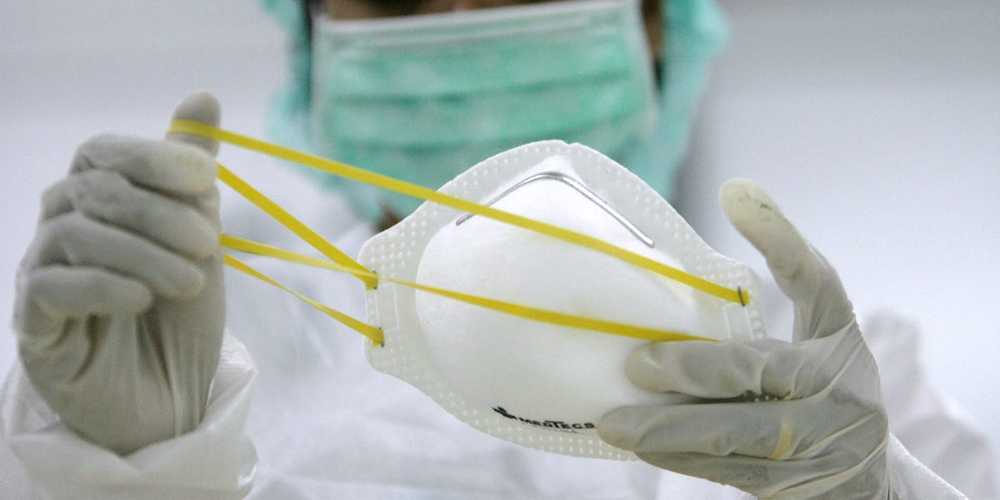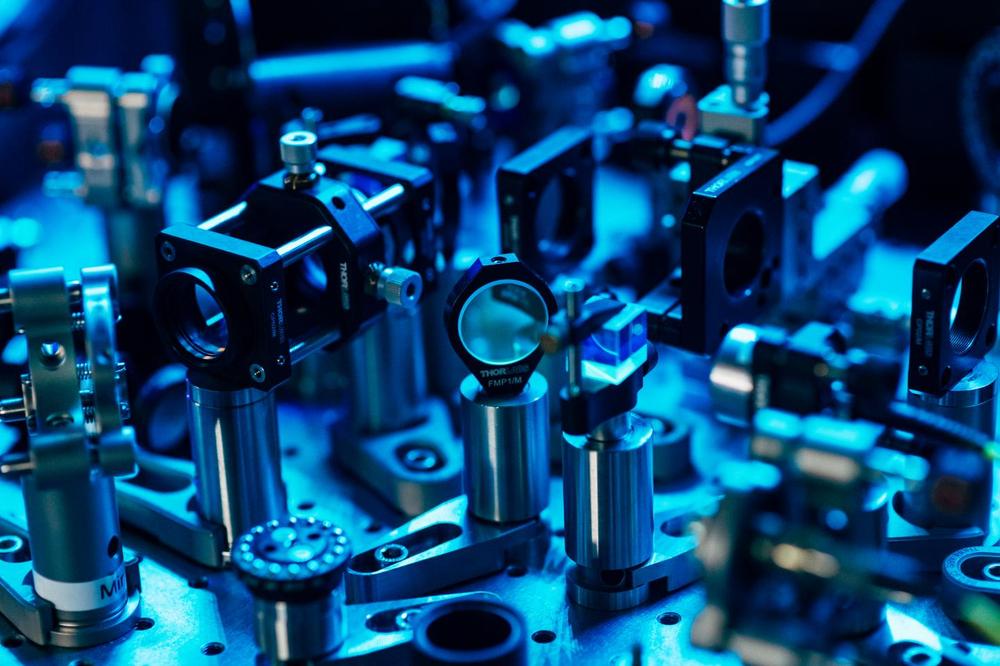Recorded Live
Get the latest international news and world events from around the world.
Watch: This video is narrated in Spanish, my native language, but I added comprehensive subtitles in English
Actually, the predominant language of the website is English, but even me being bilingual, I felt more comfortable delivering the narrative in my native language.
In the video, I give a thorough overview of the content and organization of my website Transhumanplus.com. It has a huge amount of information, growing constantly, on the transhumanist movement, emerging technologies in general, and very specially, on the longevity, rejuvenation and life extension field.
The idea is to provide a 20 minute guide to visitors, so you can have a good understanding and take the most out of it when surfing the web.
If you enjoy the video or are interested in these matters, I invite you to contact me through any of the following social media channels:
LinkedIn: https://www.linkedin.com/in/andresgrases/
Facebook: https://www.facebook.com/andres.grases
Instagram: https://www.instagram.com/andgrabri/
And of course, please consider subscribing to my Youtube channel: https://www.youtube.com/andresgrases


Mount Everest visible from over 120 miles away due to decrease in pollution
WOW! A reduction in air pollution means residents in Nepal can see Mount Everest from over 120 miles away for the first time in decades. https://bit.ly/3bPjlNt
An incredible photo shows Mount Everest visible for the first time in decades from the Nepalese city of Kathmandu.
A coronavirus lockdown-related reduction in air pollution has made the famous visible from the city 124 miles away, according to the Nepali Times. The photo was taken by Abhushan Gautam from the Kathmandu Valley on May 10.
Some 427 coronavirus cases have been diagnosed in Nepal, and COVID-19 has accounted for two deaths in the country, according to data from Johns Hopkins University.

Artificial Emotional Intelligence (Emotion AI) – What It Is and Why It Matters
A pioneer in Emotion AI, Rana el Kaliouby, Ph.D., is on a mission to humanize technology before it dehumanizes us.
At LiveWorx 2020, Rana joined us to share insights from years of research and collaboration with MIT’s Advanced Vehicle Technology group.
Part demo and part presentation, Rana breaks down the facial patterns that cameras can pick up from a tired or rested driver, and observations from the first ever large-scale study looking at driver behavior over time.
Learn how these inferences can be used to change the driving experience ➡️ https://archive.liveworx.com/sessions/artificial-emotional-i…it-matters
Today’s devices work hand-in-hand with humans –at work, home, school and play. Dr. Rana el Kaliouby believes they can do much more. An expert in artificial emotional intelligence, or “Emotion AI,” Dr. el Kaliouby explores the valuable applications of humanized technology in media and advertising, gaming, automotive, robotics, health, education and more. She explains how machine learning works, explores the potential for the development of emotion chips, and addresses the ethics and privacy issues of Emotion AI. In her talks, Dr. el Kaliouby gives participants an inside look at the world’s largest emotion data repositoryresults from her research studying more than 5 million faces around the world, and reveals that the emoji mindset may soon be a thing of the past.
10 Facts That Prove Viruses are the Weirdest Life Forms
Check out Megaprojects: https://www.youtube.com/channel/UC0woBco6Dgcxt0h8SwyyOmw
→Subscribe for new videos every day!
Find more lists at: http://www.toptenz.net
Our other YouTube Channels:
Biographics: https://www.youtube.com/channel/UClnDI2sdehVm1zm_LmUHsjQ/
Geographics: https://www.youtube.com/channel/UCHKRfxkMTqiiv4pF99qGKIw/
Business inquiries to admin@toptenz.net
Don’t Be So Close!!!? 😱
Don’t Be So Close!!!? 😱

FDA Approves New HIV Treatment for Patients With Limited Treatment Options
Cross-posted from U.S. Food and Drug Administration
[On July 2, 2020], the U.S. Food and Drug Administration approved Rukobia (fostemsavir), a new type of antiretroviral medication for adults living with HIV who have tried multiple HIV medications and whose HIV infection cannot be successfully treated with other therapies because of resistance, intolerance or safety considerations.
“This approval marks a new class of antiretroviral medications that may benefit patients who have run out of HIV treatment options,” said Jeff Murray, M.D., deputy director of the Division of Antivirals in the FDA’s Center for Drug Evaluation and Research. “The availability of new classes of antiretroviral drugs is critical for heavily treatment-experienced patients living with multidrug resistant HIV infection—helping people living with hard-to-treat HIV who are at greater risk for HIV-related complications, to potentially live longer, healthier lives.”


